News 4/12/11
Capario partners with Data Media Associates to offer customers customized patient statements and mailing, plus a payment portal.
An analyst with Avondale Partners notes that Emdeon is tracking more than 20 potential acquisitions. The analyst predicts Emdeon will “focus on adding solutions that monetize data from payment integrity, clinical messaging, business intelligence and decision support, and look to expand its RCM suite, and clinical information exchange.”
The State of Hawaii Public Safety Department contracts with eClinicalWorks to provide EHR to the 4,200 inmates in its correctional facilities.
eClinicalWorks, by the way, announces the pending availability of its MAQ Dashboards, which gives practices the data required to illustrate their Meaningful Use of the ECW EHR.
McKesson’s Practice Partner, ABELMed EHR, CureMD, and NCG Medical are named preferred certified EHR vendors by the Ponce School of Medicine REC (PR).
MinuteClinic, the healthcare division of CVS Caremark, partners with Advocate Health Care and Advocate Physician Partners to serve as medical directors for 23 MinuteClinics in Illinois.
The AMA says there are currently about 8,000 health-related apps available through the iTunes store. Wow. The AMA believes that’s not enough, so it is sponsoring an App Challenge to find new apps. Since first announced March 30th, the AMA has received 60 submissions from physicians, residents, fellows, and medical students.
Please help me in welcoming Julie McGovern as a new contributor to HIStalk Practice. Julie is CEO and founder of Practice Wise, an eight-year-old, Wilsonville, OR-based consulting firm based that focuses on clinical and financial services for ambulatory practices. Find her debut Practice Wise post here.
US adults are strongly in favor of physician EMR use and the electronic exchange of data between physicians, according to a Commonwealth Fund survey. Though only 14% say they can access their records online, 34% can order prescription refills online, 22% can schedule appointments online, and 21% can email their physician.
Of the first 13 states to launch their Medicaid meaningful use programs, only six have issued incentive payments. At least 18 states don’t expect to open their programs until the second half of the year and nine have not yet indicated a start date.
Chartwise Medical Systems partners with consulting firm H.I. Mentors to provide ChartWise customers preliminary reviews of their clinical documentation improvement process, as well as training.
A GAO report finds that when physicians and patients appeal denied claims, reversals were made 39% to 59% of the time. Miscodings and incomplete information on claims were common causes for automatic claims denials.
Nearly 70% of physicians view information from drug company reps as useful in making prescribing decisions, according the Pharmaceutical Research and Manufacturers of America. The results of this survey remind me of a conversation I once had with a physician about the overall product knowledge of drug reps compared to EMR/PM reps. His opinion: EMR reps would be far more successful if they took a few lessons from drug reps. Drug reps tend to be well versed on the specifics of their products and able to articulate their advantages and disadvantages over the competition. Generally they were excellent with follow-up and regularly asked physicians for feedback on their products. I have to admit being irritated by that remark at the time, since I always viewed those of us selling EMRs as one step above the former cheerleaders and football players that moved into the pharma world. On later reflection I decided the observation had (and still does have) merit.
Modernizing Medicine, makers of documentation software for dermatologists, raises $7.1 million, including $4 million from Speedo swimwear owner Pentland Group. The Electronic Medical Assistant application was designed by a practicing dermatologists and costs $650 a month, plus a onetime fee of $6,000.


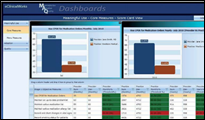
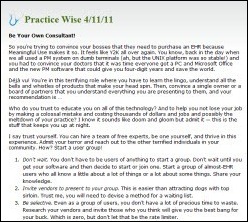
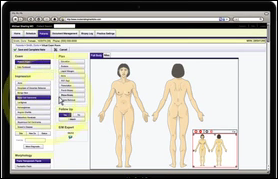

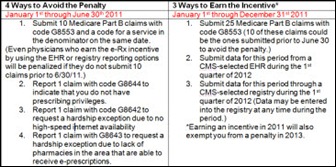
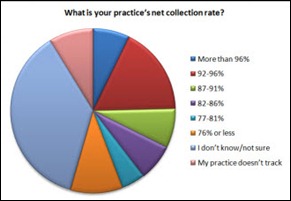




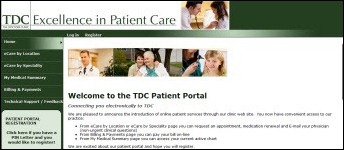
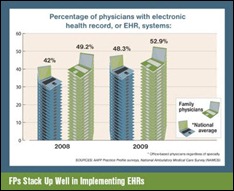


The article about Pediatric Associates in CA has a nugget with a potentially outsized impact: the implication that VFC vaccines…